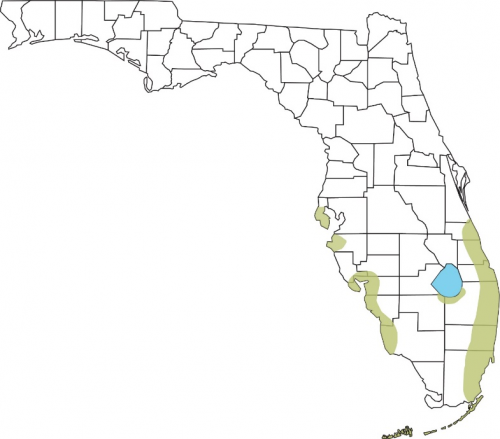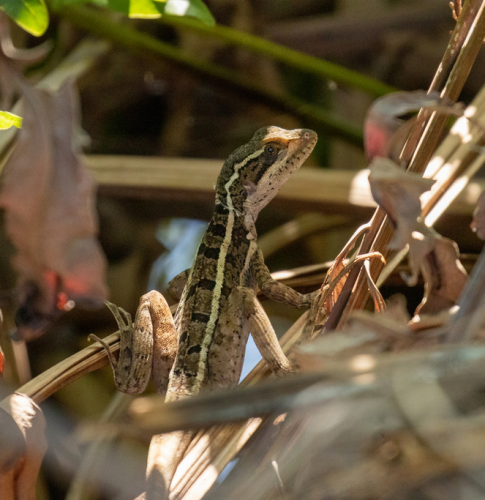What’s going on?
Scientists and state agencies are asking Florida residents to keep an eye out for the brown basilisk, a nonnative species of lizard currently making its way up the state.

Their native range includes Mexico and Central America. It was introduced to Florida through the pet trade, and the implications of their presence in our state’s ecosystems are not yet known.
The brown basilisk is considered nonnative, meaning it is currently established outside of its natural range.
This map shows the range of the lizard as of 2022 compiled through research reports and reports made by residents.
Why it matters.
While the brown basilisk is not considered invasive, not enough is known about the lizard’s diet or behavior to truly understand its destructive potential.
Researchers are asking people to report any sightings of the brown basilisk as this will help the scientists further understand the species’ habits and estimate its ecological impact.

What you can do.
By learning how to identify the brown basilisk and report sightings, you can help researchers stay informed on the whereabouts, behavior, and impact of this potentially invasive species.
Tips for Identification:
- Mostly brown or dark colored
- Usually have a yellow stripe running down both sides of their body
- Prominent crest on their head and neck area
- Long, thin tails
Images by iNaturalist users coreytcallaghan (CC BY NC 4.0) and tgonye23 (CC BY NC 4.0). Map from UF/IFAS.
Information from UF/IFAS Blogs.